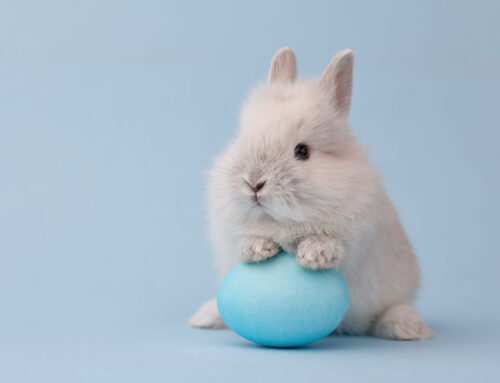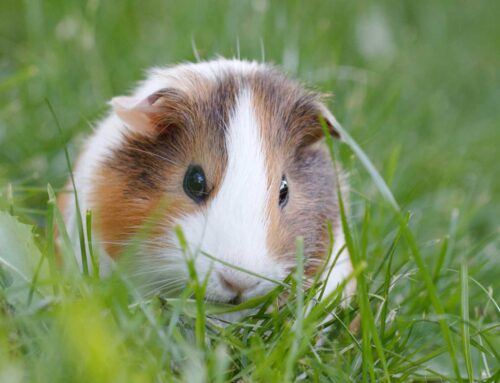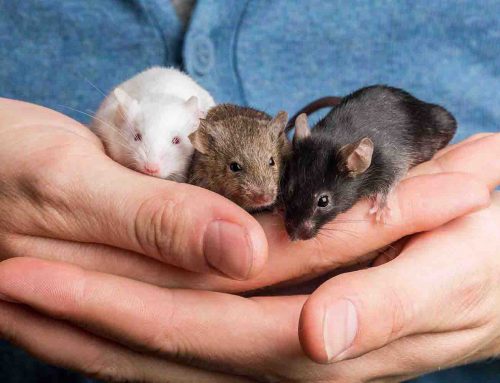Most native reptiles are protected by Law which means they cannot be kept as pets. Usually only zoos and fauna parks are given permits to hold these animals. Non-native reptiles are even more stringently controlled by Law as they pose significant risk to Australian ecosystems.
If you’ve found or rescued a reptile, tortoise, lizard, crocodile, snake or frog, it’s best to immediately arrange with an organisation like WIRES or Sydney Metro for the animal to be released back into the wild.
Keeping non-protected native reptiles as pets requires special care and handling. Tortoises, lizards, snakes and frogs require certain living environments and healthcare routines. In general, most reptiles are shy animals and handling should be minimal.
**VENOMOUS SNAKES, LIZARDS OR TOADS SHOULD NOT BE KEPT AS PETS**
Pythons
Your snake must be kept in an environment with a suitable temperature range, humidity and daylength. Poor maintenance of these parameters, especially temperature, leads to disease.
Housing
- Each species of snake has a preferred body temperature and their enclosure temperature should be within 2-3oC of it.
| Species | Preferred Body Temperature |
| Children’s Python | 30 – 33oC |
| Carpet Python | 29 – 33oC |
| Diamond Python | 29oC |
| Water Python | 34oC |
These temperatures are best achieved through the use of 40 – 75 watt blue globes or infrared heat lamps in or over one end of the enclosure. Provision of branches or rocks placed under and around the heat source allow the snake to sit at varying distances from it. A hollow log or upturned flower pot provides a cool retreat.
- A source of ultraviolet light prevents vitamin D deficiency thence skin and bone disorders. This can be achieved via either unfiltered natural sunlight or an artificial reptile UV light. Remember to replace the light regularly (every 3 – 6 months) as it will lose strength.
- The enclosure should be ideally made of wood or perspex. It should be large enough for the snake to move around and stretch out.
- Thermometers and humidity gages are essential. The humidity should be maintained between 35 & 75% depending on the species and this can be achieved by placing a shallow dish of water in the enclosure.
Feeding
- For most of the year snakes will feed once weekly to once fortnightly, depending on size. In winter, this reduces dramatically, & in some cases, some cease to feed at all. Digestion in reptiles similarly depends on the temperature of the enclosure. Sudden drops in temperature after feeding may lead to regurgitation or the food to decay in the stomach.
- All snakes eat whole prey such as mice, rats, chicks or rabbits depending on the size of the snake. The prey must always be offered dead as live prey may attack your snake.
- Fresh drinking water must also be provided daily to your snake
Turtles
Your turtle must be kept in an environment with a suitable temperature range, humidity and daylength. Poor maintenance of these parameters, especially temperature, leads to disease.
Housing
- Smaller turtles are best kept in glass aquaria while larger ones may be housed in outdoor enclosures.
- Most Australian turtles have a preferred body temperature of 26oC and their enclosure should provide a temperature range within 2-3oC of it.
- One end of the enclosure should contain water heated to 22-25oC and be deep enough for the turtle to fully submerge itself and swim freely. The other end should have logs, rocks and/or terracotta pots placed in and out of the water for use as climbing and hiding platforms. This basking area should be large enough for the turtle to walk around and dry itself completely. Above it is placed a 40-75 watt globe or infrared heat lamp. The ideal temperature below the globe is 25-30oC. The basking area prevents skin and respiratory disease.
- A source of ultraviolet light is necessary to prevent Vitamin D deficiency thus skin and bone disorders. Sources are either unfiltered natural sunlight or a reptile ultraviolet light. Remember to replace the light every 6 months as it will lose strength.
- The water in the enclosure must be partially changed 2-3 times per week and uneaten food and faeces removed daily. Water filters are also useful.
Feeding
- Turtles only eat in the water – they will refuse food if it is placed elsewhere.
- Feeding frequency is generally once daily for young turtles and three times a week for older turtles. Some turtles may take several weeks to accept new foods.
- Long-necked Turtles should be fed a varied diet of whole fish (preferably live), whole mice, yabbies, shrimps, worms and insects. These should be cut into bite-sized pieces. Some turtles will also eat water plants.
- Short-necked Turtles should be fed a balanced selection of meat and vegetables such as whole fish (preferably live), baby frozen mice, yabbies, shrimps, worms, insects, fresh water plants, spirulina discs, carrots, capsicums and beans cut into bite-sized pieces.
- Raw red meat and mince is not an appropriate diet as they lack calcium and many vitamins. Poor calcium leads to a rubbery shell or “soft shell”.
We welcome you to book an appointment to discuss general care and/or health concerns of your snake or turtle.






